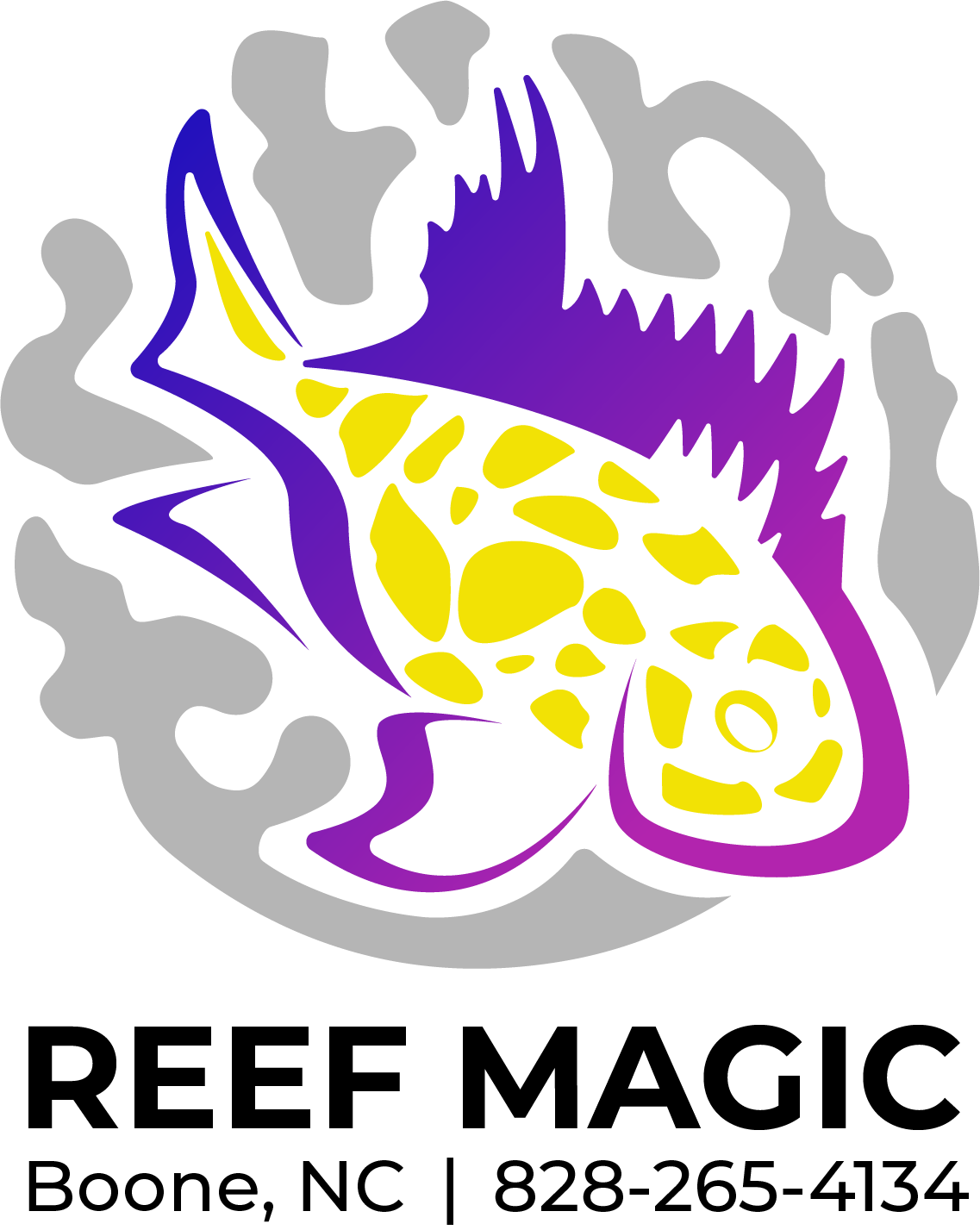 Image 1 of 1
Image 1 of 1


Flameback Angelfish
Flameback Angelfish Care Sheet (General):
Tank Setup:
Tank Size: Provide a tank with a minimum of 30 gallons for a single angelfish. Larger tanks are preferable, especially if you plan to keep more than one.
Water Parameters:
Temperature: 75–82°F (24–28°C)
pH: 6.5–7.5
Hardness: 3–8 dKH
Filtration:
Use a reliable filtration system to maintain good water quality.
Consider a protein skimmer for effective removal of organic waste.
Decor and Substrate:
Substrate:
Fine sand or gravel is suitable, as angelfish may sift through the substrate.
Decor:
Provide hiding spots with rocks, caves, and plants.
Include some open swimming space.
Feeding:
Diet:
Offer a varied diet including high-quality flakes, pellets, and frozen or live foods.
Include vegetable matter such as spirulina-based foods.
Feeding Frequency:
Feed small amounts multiple times a day.
Consider occasional fasting to mimic their natural feeding patterns.
Social Behavior:
Compatibility:
Angelfish can be territorial, especially during breeding.
Avoid keeping them with overly aggressive tankmates.
Tankmates:
Consider peaceful community fish as tankmates, avoiding fin-nipping species.
Health and Maintenance:
Water Changes:
Perform regular water changes to maintain water quality.
Disease Prevention:
Quarantine new fish before introducing them to the main tank.
Monitor for signs of common fish diseases.
Behavior Observation:
Keep an eye on their behavior for any signs of stress, illness, or aggression.
Breeding (if applicable):
Breeding Setup:
Provide a flat surface, like a broad leaf or slate, for the fish to lay eggs.
Separate breeding pairs if needed to prevent aggression.
Fry Care:
Separate the fry from adults to avoid predation.
Feed them specialized fry food until they are large enough to eat regular food.
Flameback Angelfish Care Sheet (General):
Tank Setup:
Tank Size: Provide a tank with a minimum of 30 gallons for a single angelfish. Larger tanks are preferable, especially if you plan to keep more than one.
Water Parameters:
Temperature: 75–82°F (24–28°C)
pH: 6.5–7.5
Hardness: 3–8 dKH
Filtration:
Use a reliable filtration system to maintain good water quality.
Consider a protein skimmer for effective removal of organic waste.
Decor and Substrate:
Substrate:
Fine sand or gravel is suitable, as angelfish may sift through the substrate.
Decor:
Provide hiding spots with rocks, caves, and plants.
Include some open swimming space.
Feeding:
Diet:
Offer a varied diet including high-quality flakes, pellets, and frozen or live foods.
Include vegetable matter such as spirulina-based foods.
Feeding Frequency:
Feed small amounts multiple times a day.
Consider occasional fasting to mimic their natural feeding patterns.
Social Behavior:
Compatibility:
Angelfish can be territorial, especially during breeding.
Avoid keeping them with overly aggressive tankmates.
Tankmates:
Consider peaceful community fish as tankmates, avoiding fin-nipping species.
Health and Maintenance:
Water Changes:
Perform regular water changes to maintain water quality.
Disease Prevention:
Quarantine new fish before introducing them to the main tank.
Monitor for signs of common fish diseases.
Behavior Observation:
Keep an eye on their behavior for any signs of stress, illness, or aggression.
Breeding (if applicable):
Breeding Setup:
Provide a flat surface, like a broad leaf or slate, for the fish to lay eggs.
Separate breeding pairs if needed to prevent aggression.
Fry Care:
Separate the fry from adults to avoid predation.
Feed them specialized fry food until they are large enough to eat regular food.






